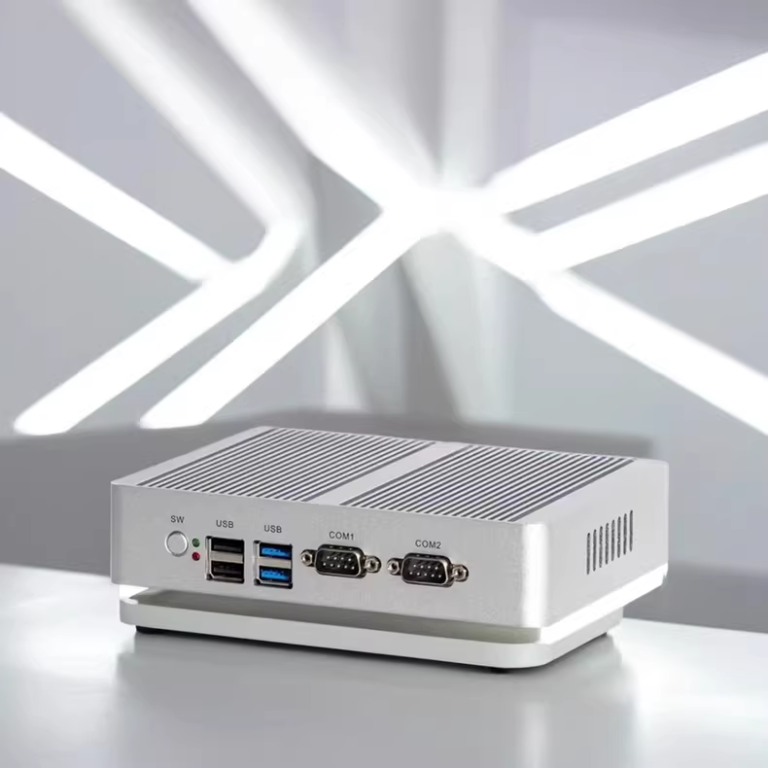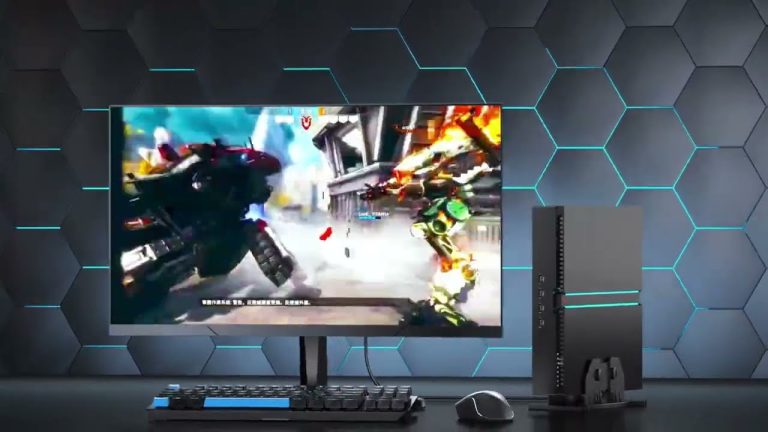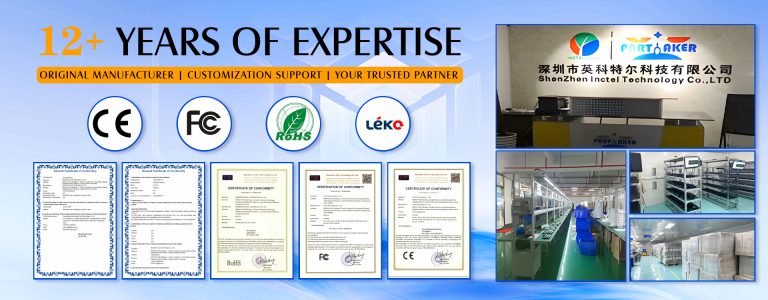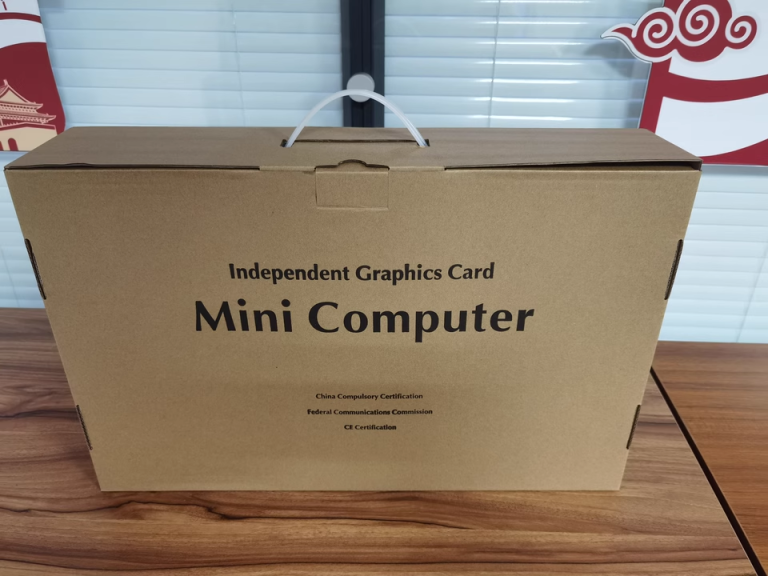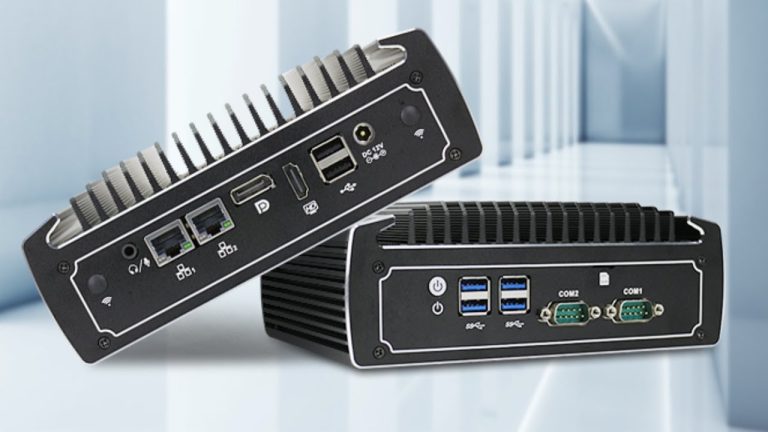Core Components Guide
| Component | Role | Impact on Performance | Selection Priority |
|---|---|---|---|
| CPU | System’s brain, handles all computations | Critical | High |
| RAM | Temporary data storage, multitasking | High | High |
| Storage | Permanent data storage | Medium | Medium |
| Graphics | Visual processing | Varies by use | Use-dependent |
CPU Specifications Explained
Clock Speed
Higher frequencies = Better single-task performance
Core Count
More cores = Better multitasking
Cache Size
Larger cache = Faster data access
RAM Configuration Guide
| Capacity | Ideal Use Cases | Limitations | Future Proofing |
|---|---|---|---|
| 4-8GB | Basic computing, web browsing | Limited multitasking | Low |
| 8-16GB | Gaming, content creation | Some heavy applications may struggle | Medium |
| 16GB+ | Professional work, heavy multitasking | Higher cost | High |
SSD vs HDD: A Detailed Storage Comparison
SSD Storage
Recommended
Key Advantages
- ⚡Boot time: 10-15 seconds
- 🚀Instant app loading
- 🤫Silent operation
- 💪No moving parts
Best For
- Operating system drive
- Frequently used applications
- Gaming libraries
- Active work files
HDD Storage
Budget-Friendly
Key Advantages
- 💾Large storage capacity
- 💰Cost-effective
- 📦Ideal for archiving
- 🔄Proven technology
Best For
- Large media collections
- Data backups
- Archive storage
- Infrequently accessed files
Expert Recommendation
For Mini PCs, I strongly recommend using an SSD as your primary drive for the operating system and applications. If additional storage is needed, consider adding an external HDD for data storage. This combination provides the best balance of performance and capacity.
Recommended Builds
Office Productivity
| CPU | Intel Core i5/AMD Ryzen 5 |
| RAM | 8GB DDR4 |
| Storage | 256GB SSD |
| Graphics | Integrated |
Content Creation
| CPU | Intel Core i7/AMD Ryzen 7 |
| RAM | 32GB DDR4 |
| Storage | 512GB NVMe + 1TB HDD |
| Graphics | Dedicated GPU |
Gaming Setup
| CPU | Latest gen i7/Ryzen 7 |
| RAM | 16GB DDR4 (3200MHz+) |
| Storage | 1TB NVMe SSD |
| Graphics | 8GB+ VRAM GPU |
Professional Tips
Investment Priority
Allocate budget primarily to CPU and RAM as these are harder to upgrade later.
Future Proofing
Consider upgrade paths and connectivity options for future expansion.
Cooling Considerations
Factor in the thermal design when choosing high-performance components.
Final Thoughts
After twenty years in the industry, I’ve learned that the perfect Mini PC configuration balances current needs with future requirements. While these computers may be small in size, they can deliver exceptional performance with the right configuration choices.




